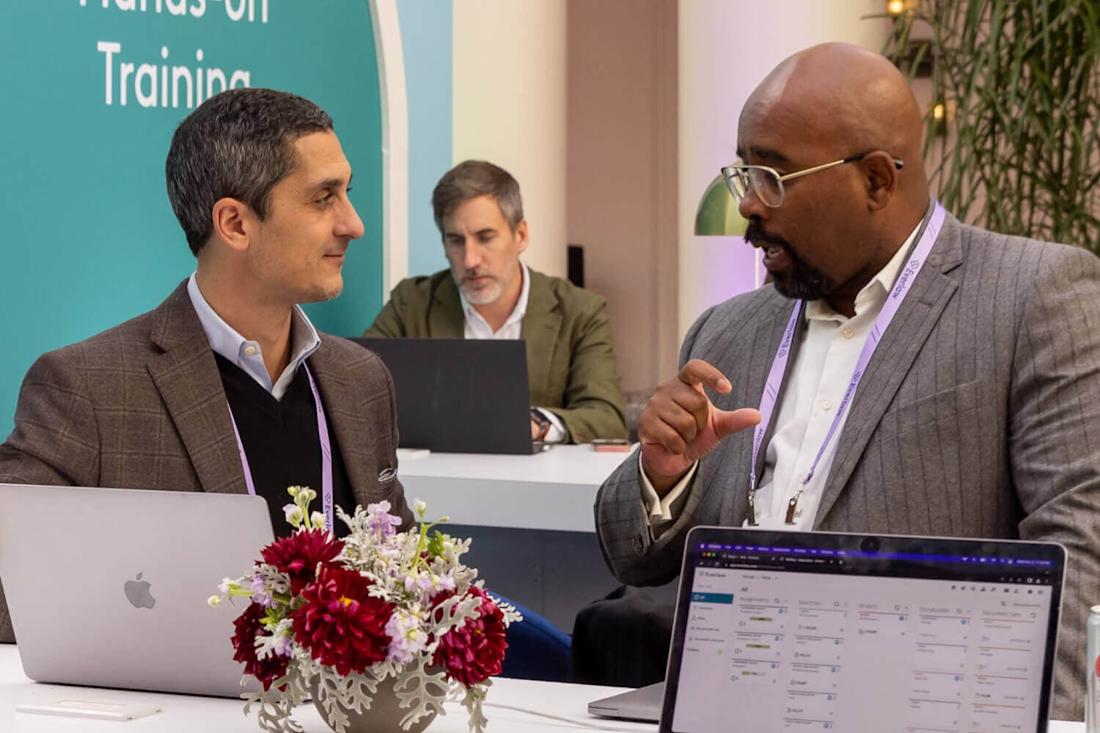4 Time-Saving Tricks for Reviewing in Everlaw
by Everlaw

It doesn’t take long to realize that cost and time are two huge concerns in ediscovery, and that is no surprise since ediscovery accounts for the bulk of the costs of litigation. If you’re ahead of the curve, you’re already using a powerful, modern ediscovery platform to streamline your ediscovery workflow and minimize unnecessary expenditures of time (and thus money). But are you doing all you can to take advantage of these tools?
If you’re a user of Everlaw, here are four time-saving tricks you can start using today:
1. Use predictive coding to reliably cull documents—and prioritize reviewing the rest
Everlaw’s built-in predictive coding system begins working automatically as soon as you begin reviewing in the system, and it can be used in different ways depending on your preference. If you’re short on time and have a deposition coming up, for instance, you can make sure you’re fully prepared by conducting a search for all documents that are related to your deponent, predicted to be interesting (e.g., a score of at least 75), and not yet reviewed. At the other end of the spectrum, you can retrieve all documents predicted to be uninteresting (e.g., a score of 25 and below) and, if your spot-checks support that prediction, instantly cull them from review. However you choose to use it, it’s completely integrated into the review platform, so there’s no need to separately configure or train it.
Get Everlaw's 'Beginner's Guide to Predictive Coding!'
2. Use keyboard shortcuts to avoid reaching for your mouse
It might seem trivial, but when there are thousands or even millions of documents to review, every second you spend switching between mouse and keyboard is time wasted. Everlaw includes keyboard shortcuts for the home page, search results table, review window, and StoryBuilder outlining interface. For instance, it only takes a single keystroke to zoom in on your prior searches on the home page, preview a document from the results table, code a document as you did the prior document in the review window, or expand a section of your outline in StoryBuilder. Yes, these keyboard shortcuts may take some time to master, but you’ll quickly recoup that upfront investment—and then some!
See all keyboard shortcuts here.
3. Use Storybuilder to organize your thoughts as you review
Litigating a case isn’t as simple as dropping a pile of documents on a judge’s desk; you need to weave that evidence into a compelling narrative on behalf of your client. Everlaw’s Storybuilder tools make it easy to earmark interesting documents right from the review window, which you can later associate with the points you want to make in motion practice or depositions. Invite your colleagues to collaborate on these outlines, no matter where they are, and you can divide and conquer for ultimate efficiency.
Learn more about Storybuilder.
4. Use real-time case analytics to keep your case on track and on schedule
As a case lead, having a comprehensive and up-to-date perspective on your review team is invaluable. In Everlaw, you can use the integrated performance analytics—including statistics on reviewer pace, rating patterns and conflicts, and review quality—to catch errant reviewers before they go too far astray, avoiding the time you’d otherwise spend cleaning up after their mistakes. You can also use the real-time user activity tracking and overall case completion metrics to ensure that your case continues to move along at the pace required to hit your deadlines.
Get tips on evaluating your project using analytics. 36191-Evaluating-Your-Project-Using-Project-Analytics
These are just a few of the ways you can optimize your ediscovery workflow in Everlaw. If you’d like to see more, regardless whether you’re already using Everlaw, please don’t hesitate to contact us!

Everlaw’s advanced technology empowers organizations to navigate the increasingly complex ediscovery landscape, tackle the most pressing technological challenges, and chart a straighter path to the truth—transforming their approach to discovery, investigations, and litigation in the process.